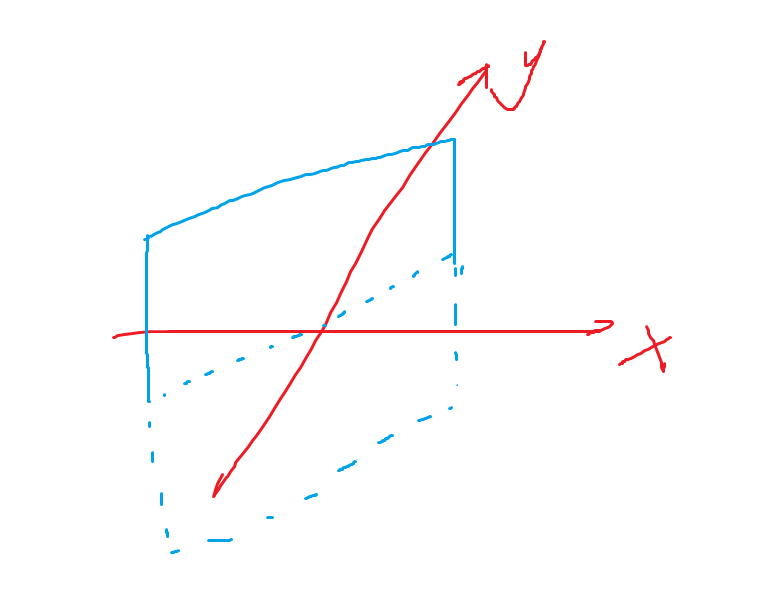@serega-kkz Thanks for your kindly reply.
For the balance, I means the applied force is equal to the constraint resistance.
I suppose the applied force is a continous force, which is always applied on the ruler top in the whole simulation. Let’s have a look for a ruler, the constraint resistance is zero at the beginning, then the applied force is bigger than the constraint resistance, and the applied force make the ruler bending. When the ruler is bending, the constraint resistance increases and finally equal to the applied force. If there is dampling, the velocity of ruler top would turn to be zero, and the ruler would be static as an arc or parabola. Moreover, the ruler arc/parabola and the applied force should be in the same plane, which means if the force is applied in x-y plane, the arc/parabola should also happen in x-y plane. This is the process that takes place in reality. Am I correct?
However, if I apply a continous force (1, 1, 0), two weird things happen:
-
the tube turn to be twisty, for example the following figure. It should not happen in reality.

-
Since the force is
(1, 1, 0), I expect the arc/parabola should happen in the blue plane in the following figure. However, the arc/parabola swing around in any plane.
I don’t know how to fix the above two questions.
